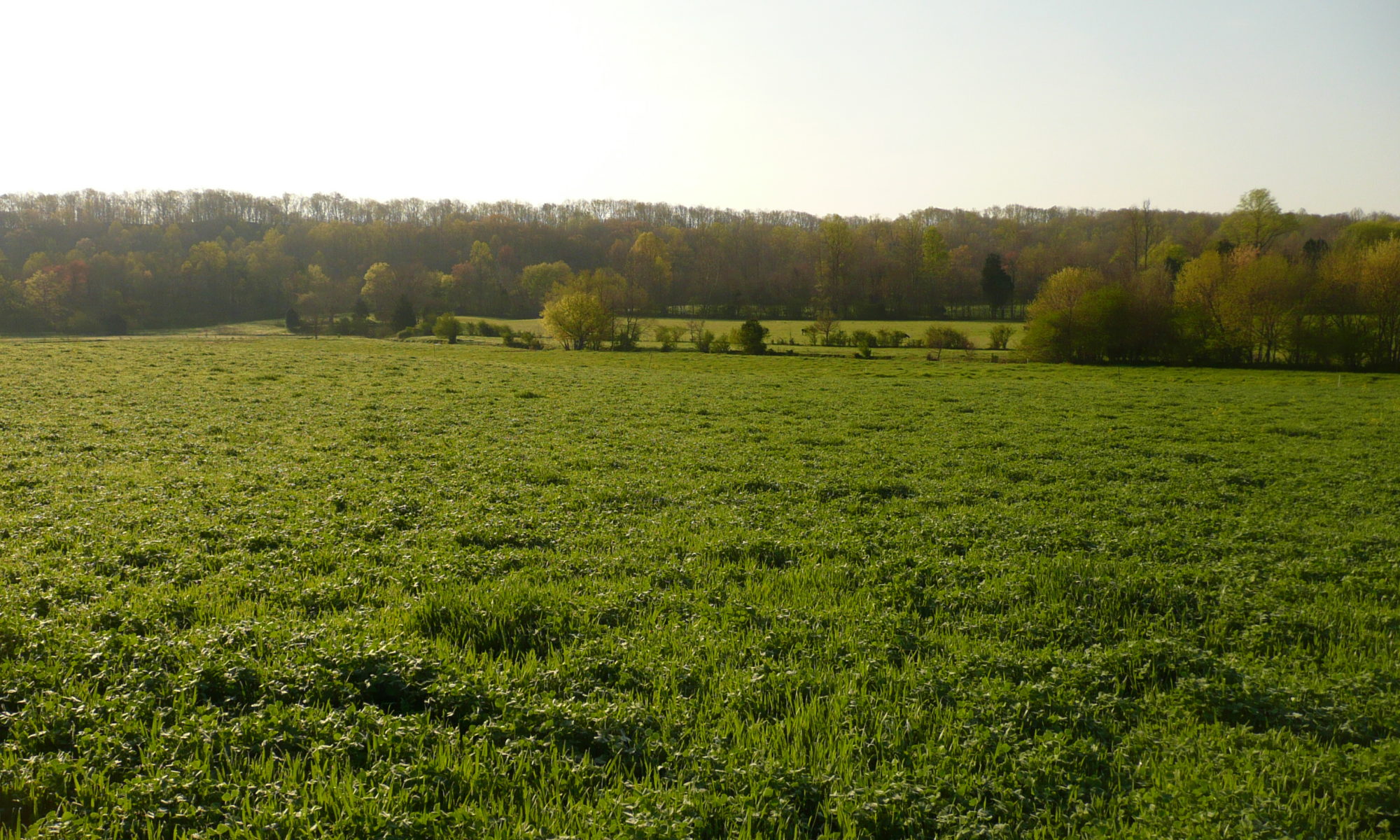

Dr. Gary Bates
Department Head and Professor, Plant Sciences
Director, UT Beef & Forage Center
P: 865-974-7324
There was this old farm truck we had that didn’t have a very good radio. But we could pick up 101.5 WYNK. They played country music all the time. Some new songs, some old. There is no telling how many hours I spent with that radio blasting as I drove around doing various jobs. Classic country, new country, it didn’t matter – I sang them all. I came close to being a country music superstar and member of the Grand Old Opry. But I chose graduate school instead.
I loved listening to Jerry Reed. A lot of his songs had catchy lyrics, were sort of funny, and he could play a mean guitar. A favorite was “When you’re hot you’re hot.” The song was about how sometimes he was on a winning streak and sometimes he wasn’t. Either way he just kept going.
I think most all of us can relate to that song. Sometimes things are going well, and sometimes things don’t work out exactly like we planned. Either way, we must keep pushing on to see if we can make the next day better. Since this is my first article of the new year, let me see if I can relate this back to your forage operation.
When you’re hot you’re hot – Bates. I’ve got a bunch of excess forage growing this spring, what do I do? Why not split part of the pasture off and graze a smaller area and cut some of the field for hay. That way you can get better utilization and get a decent hay cut, rather than having to clip pastures and let forage go to waste.
When you’re not you’re not – Bates, I’ve got a bunch of buttercups coming up in my pasture. How can I control it without killing my clover? If you apply no more than 2 pints per acre of 2,4-D , you can kill buttercup without killing your established white clover. It will yellow the clover up some, but it will come back well.
When you’re hot you’re hot – Bates, I have some hay left over that I didn’t need to feed during winter. Can I save it until next year? Sure, you can save it. As long as the bales are in the barn protected from the weather, hay is a very stable package that should last for several years.
When you’re not you’re not – Bates, I’ve got some fields that I didn’t get cut for hay, so they are really mature. Would it be a good idea to make haylage out of it so the cattle will eat it? Well, you can make haylage out of it, but it won’t be very good quality. It will most likely be low in protein and energy, so you better run a forage test to see the nutrient content. Making haylage won’t improve the quality, it will only save what is already there.
When you are hot then celebrate the blessing and keep moving forward to the next one. If you are not, then push forward, clean up whatever mess you have, then move forward to the next good time. There are very few things that can’t be fixed in your forage program. It might take a little money and time, but you can do it.
Time for me to finish. I think Amos Moses is coming on next.